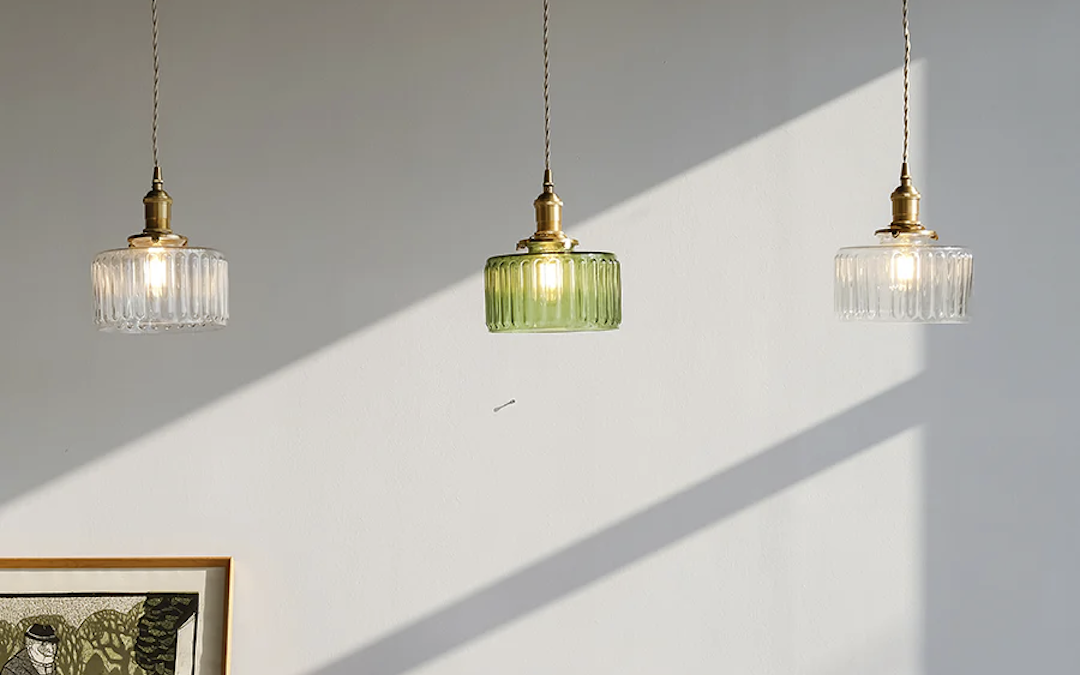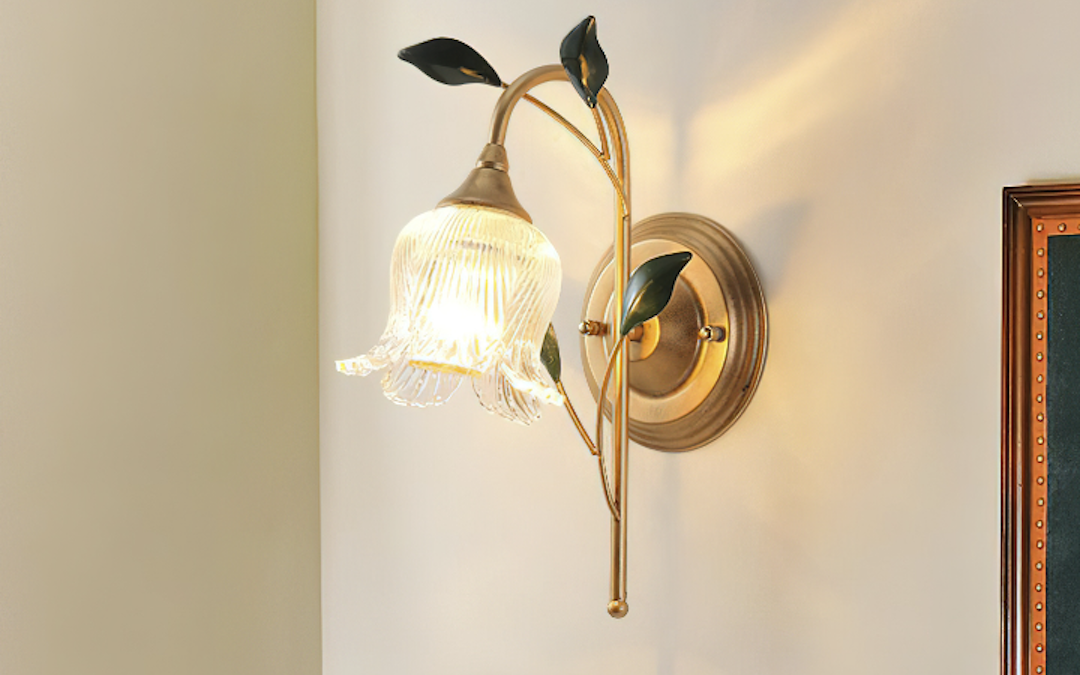Gasoliers: the Ornate and Eye-Catching Lighting Fixtures of the Past
Introduction
Gasoliers are decorative and elegant lighting fixtures that have a long history dating back to the 18th century. These fixtures were initially used in large public buildings such as theaters, auditoriums, and hotels. They were also found in private homes of the affluent and upper-middle-class families. The gasoliers were popular in the 19th century and early 20th century before the advent of electric lighting.
History
The first gasoliers were introduced in the 18th century, after the invention of gas lighting. Initially, the fixtures were nothing more than plain, unadorned pipes with a series of gas jets. However, as gas lighting became more popular, manufacturers began to design and produce more decorative and ornate fixtures.
The gasoliers of the 19th century were characterized by a combination of classical and rococo styles. The fixtures were available in a variety of materials, including brass, bronze, and crystal. They were also adorned with a variety of decorative elements, such as glass shades, tassels, and chains.
Design Elements
Gasoliers were designed to be both functional and ornamental. The fixtures were usually suspended from the ceiling, making them a prominent feature of the room. The decorative elements of the gasolier varied, but usually included brass or bronze arms that held the gas jets. These arms were often curved or twisted, and were attached to a central stem that supported the whole fixture.
The glass shades used in gasoliers were often of different colors, shapes, and sizes. They were made from a range of materials, including glass, crystal, and porcelain. The shades were often elaborately decorated with etched, cut, or painted designs.
Gasoliers and Victoriana
Gasoliers were popular during the Victorian era, which was known for its ornate and elaborate designs. The Victorians were particularly fond of gasoliers, which they used to enhance the opulence and grandeur of their homes. The fixtures were often placed in prominent locations, such as in the entryway or over the dining room table.
The Victorians also used the gasolier as a form of status symbol. Having an elaborately decorated gasolier in one’s home was a sign of affluence and sophistication. In fact, gasoliers were often mentioned in social circles as a way of impressing one’s acquaintances.
Conclusion
Gasoliers were an important part of the decorative art and design of the past. Although they are no longer used, they continue to be admired and appreciated for their beauty and intricate designs. The elaborate and eye-catching fixtures were a demonstration of the ingenuity and creativity of the craftsmen of the time. They remain a fascinating piece of history and a testament to the elegance and sophistication of past generations.



